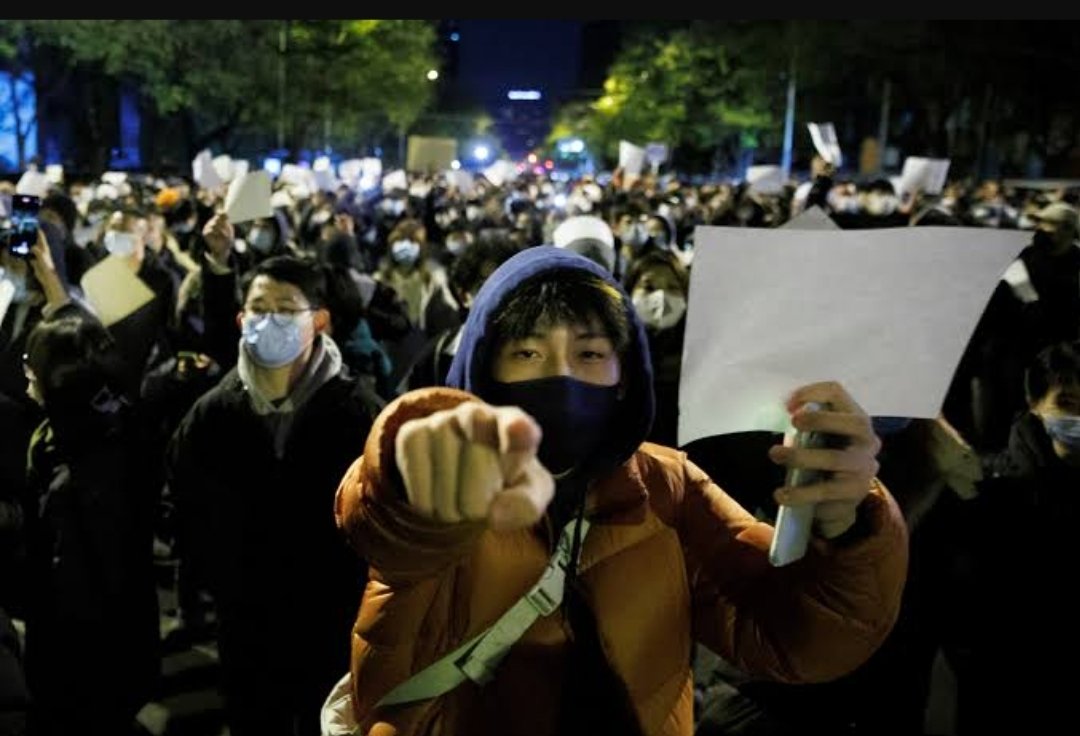China’s anti-COVID lockdown protests gained momentum for the third day as scores of demonstrators took to the streets of Wuhan, the city where the deadly coronavirus pandemic originated in 2019.
A wave of civil disobedience also spread across major cities like Beijing and Shanghai as public anger grew against the hardline norms to abide by China's zero-COVID policy.
The policy sees authorities impose snap lockdowns, lengthy quarantines and mass testing campaigns over just a handful of cases.
Videos that could not be independently verified went viral on social media platforms, purportedly showing protesters tearing down metal barricades, overturning COVID testing tents and demanding an end to lockdowns as they clashed with security officials in Wuhan.
A street in the centre of Wuhan, as tracked by news agency AFP, multiple live streams – that were quickly censored – showed massive crowds walking through the streets cheering and filming on their phones. Similar demonstrations also erupted in Chengdu.
Protests were triggered by a fire at a residential high-rise building in the city of Urumqi – the capital of the northwest Xinjiang region – that killed 10 people. Social media users shared videos of the incident accusing the Chinese authorities that the stringent lockdown was a factor in the death toll. While the rest of the world eased out of lockdowns to restore normalcy,
China has spent nearly all of the past three years living with some of the strictest COVID curbs. China has been reporting yet another worrying surge in COVID cases over the past few days, including a 24-hour record of nearly 40,000 on Saturday – prompting authorities to impose the restrictions.
State censors appeared to have scrubbed Chinese social media of any news about the rallies, with the search terms "Liangma River", "Urumqi Road" – sites of protests in Beijing and Shanghai – scrubbed of any references to the rallies on the Twitter-like Weibo platform.
China reported 40,052 domestic COVID-19 cases today, a record high but tiny compared to caseloads in the West at the height of the pandemic.



